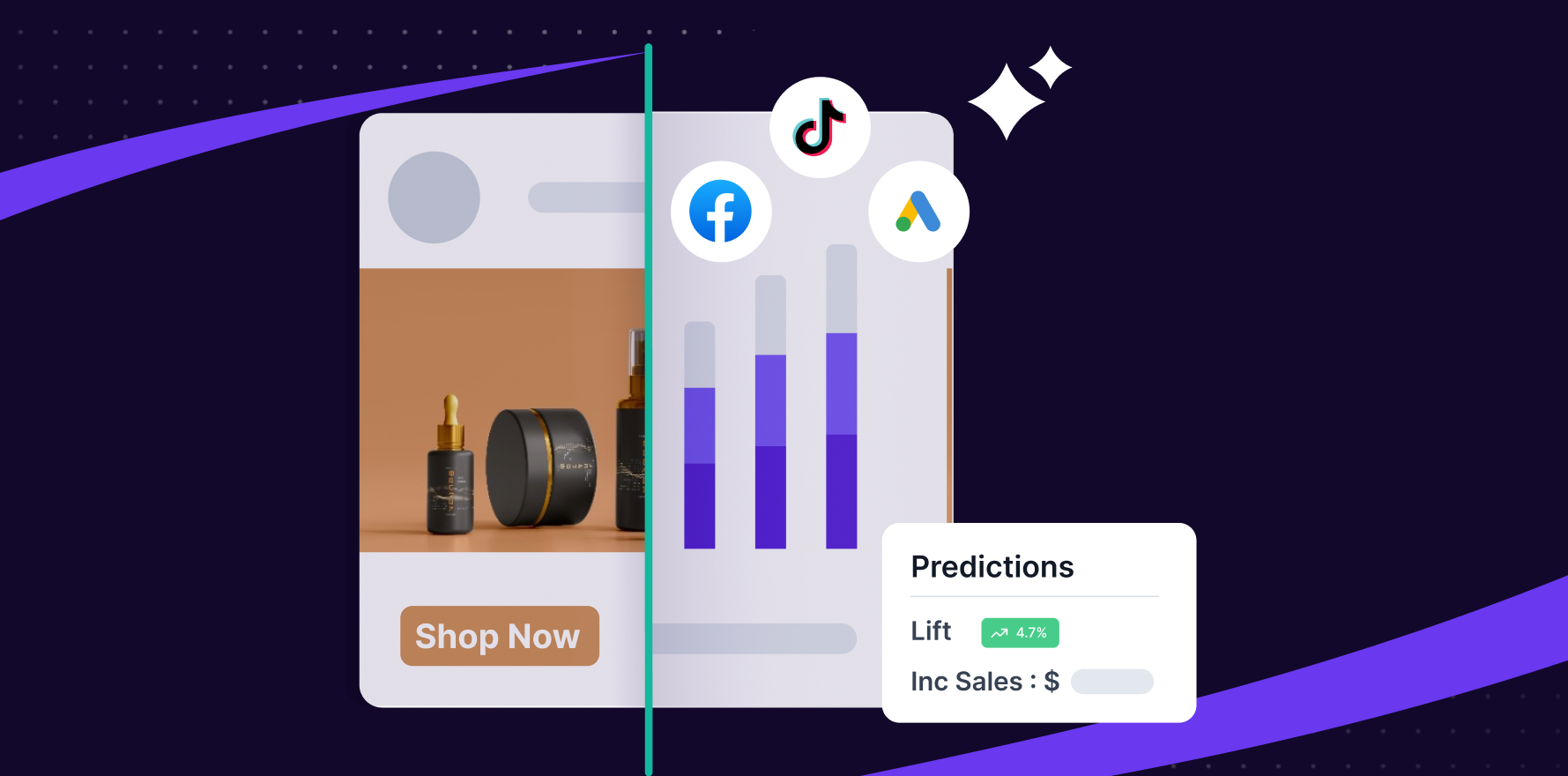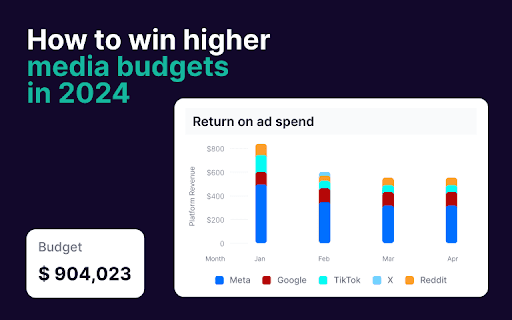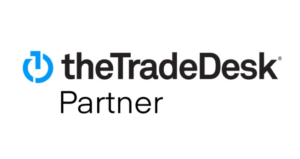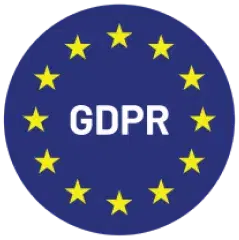At Advertising Week New York 2025, Tom Gregory, VP of Platform Sales & Partnerships at Lifesight, explored how unified marketing measurement is reshaping the way brands plan, measure, and grow profitably in an increasingly complex retail landscape.
A Shifting Measurement Landscape
Throughout the week, the Lifesight team engaged with over 100 brands, agencies, media platforms, and publishers, both around our booth and following Tom’s session. A clear theme emerged: a lack of trust in measurement.
Without trust in measurement, the advertising ecosystem faces a real challenge. It undermines confidence in both new and established media channels, and makes investment decisions riskier for marketers and finance teams alike.
That said, there’s growing optimism around new frameworks and tools that are helping rebuild that trust – and unified measurement sits at the centre of this movement. By connecting disparate data sources and focusing on incremental outcomes, it’s giving marketers a more complete, transparent, and actionable view of what’s really driving performance.
You Can’t Improve What You Don’t Measure
In today’s omnichannel reality, customers move fluidly between online and offline touchpoints – from seeing a TikTok video or TV ad to researching online and purchasing in-store. Traditional attribution models, built on cookies, device IDs, and last-click logic, fail to capture this complexity and often over-credit certain channels while overlooking others.
Unified measurement changes that. By combining aggregated data with statistical modeling, it quantifies the full customer journey and helps brands make smarter, faster, and more profitable decisions.
Why Incrementality Matters
A core theme of the session was incrementality – understanding how much revenue marketing truly drives beyond what would have happened anyway.
Conventional attribution counts every conversion as a win, but a large share of sales often occur without any media exposure. Tom shared that for many Lifesight clients, 50% or more of total revenue is baseline – the natural business momentum generated by brand equity, loyal customers, and existing demand.
Incremental measurement separates signal from noise. It helps marketers identify which channels, campaigns, and tactics genuinely lift performance – and where budgets are being wasted on already-loyal customers or saturated audiences.
Finding and Fixing Media Waste
Data from Lifesight’s platform reveals that around 30% of media spend drives over 60% of incremental revenue, meaning up to 70% of budgets are either ineffective or over-credited.
By applying unified measurement, brands can uncover this “hidden waste” – such as over-investment in paid search cannibalizing organic traffic, or paid social campaigns targeting existing customers. With those insights, marketers can reallocate budgets to channels that deliver higher incremental ROI, improving both growth and profitability.
Bridging the Gap Between Marketing and Finance
Another key discussion point was the long-standing disconnect between how marketing and finance measure success.
- Marketing tracks clicks, conversions, and ROAS.
- Finance cares about revenue, profit, and incremental impact.
Unified measurement aligns both sides by reframing marketing performance in financial terms – incremental revenue, incremental ROAS, and incremental profit.
This shared language builds trust and empowers leadership teams to invest confidently in the strategies that drive real business outcomes.
Unified Measurement in Action
Tom showcased how Lifesight’s platform enables retailers to plan, forecast, and optimise their marketing mix based on unified insights.
For one omnichannel retail client, unified measurement helped test multiple budget allocation scenarios before spending a dollar. The result: a 12.7% increase in revenue and an 18.4% lift in incremental ROAS, with forecast accuracy exceeding 96%.
This kind of outcome-based planning lets marketers move from reactive reporting to proactive growth – with confidence that every dollar spent is driving measurable impact.
The Industry Shift: From Attribution to Unified Measurement
The session closed with a look at the broader industry movement.
Google, Meta, and TikTok are all investing in open-source MMM (Marketing Mix Modelling) and incrementality tools, democratizing access to more holistic, privacy-safe measurement methods.
With AI and automation lowering technical barriers, unified measurement is no longer a luxury for enterprise brands. It’s becoming the new standard for every growth-focused business that wants to make smarter, faster, and more profitable decisions.
Takeaway
Unified Marketing Measurement isn’t just a reporting framework, it’s a growth engine.
By aligning marketing and finance, identifying wasted spend, and quantifying true incremental ROI, brands can plan with precision, scale with confidence, and grow more profitably.
As Tom summed up:
“Alignment isn’t just nice to have, it’s critical for scalable, profitable marketing decisions. When Marketing and Finance speak the same language, growth follows.”
Watch the Full Session
You may also like
Essential resources for your success























































